Home>Gardening & Outdoor>Landscaping Ideas>What Type Of Root System Does The Grass Have
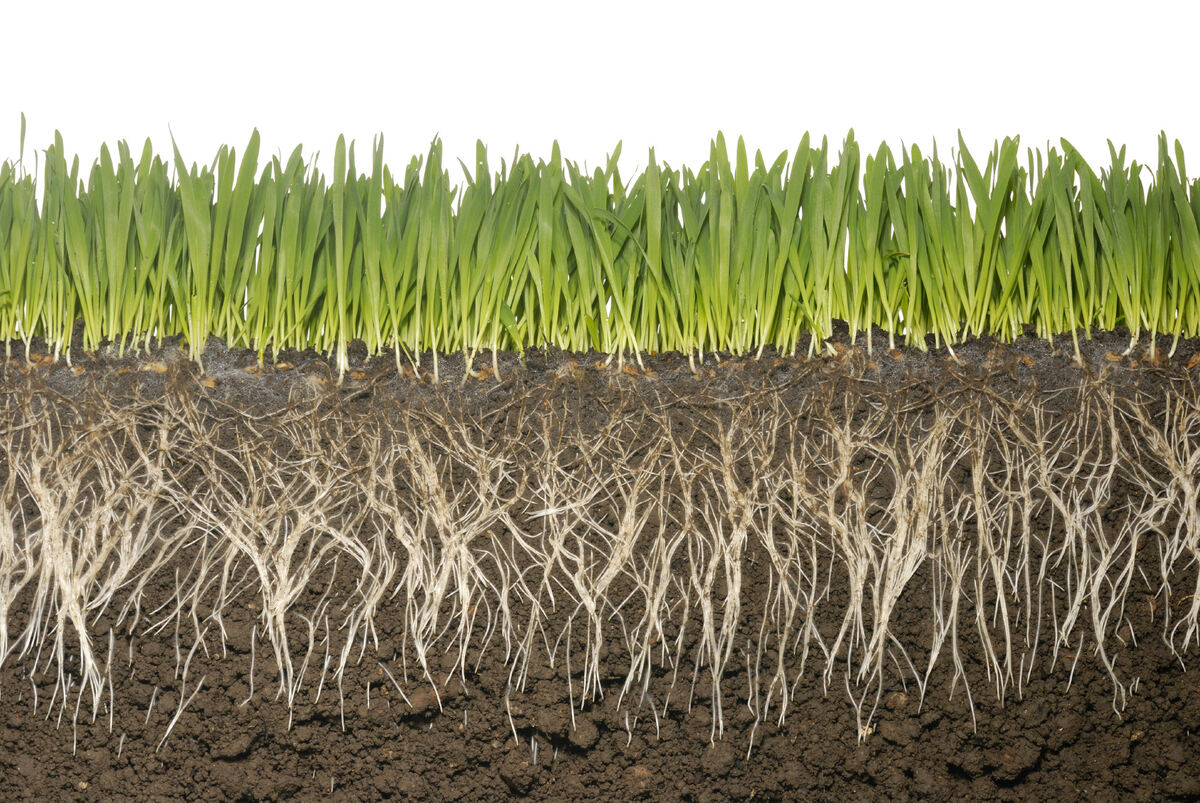

Landscaping Ideas
What Type Of Root System Does The Grass Have
Modified: February 18, 2024
Discover the best landscaping ideas for grass root systems. Learn about different types of root systems and how they can enhance your landscaping. Explore expert tips and advice.
(Many of the links in this article redirect to a specific reviewed product. Your purchase of these products through affiliate links helps to generate commission for Storables.com, at no extra cost. Learn more)
Introduction
When it comes to creating a lush and vibrant lawn, understanding the intricacies of grass root systems is crucial. The roots of grass play a pivotal role in the overall health and resilience of the lawn, making it imperative to grasp the fundamentals of their structure and function. By delving into the world beneath the surface, we can unlock the secrets to nurturing a thriving and resilient lawn that serves as the envy of the neighborhood.
In this comprehensive guide, we will explore the various types of root systems that grass possesses, shedding light on their unique characteristics and the impact they have on the overall well-being of the lawn. From the fibrous root system to the adventitious root system, we will uncover the distinct qualities of each, providing valuable insights for homeowners and landscaping enthusiasts alike.
By gaining a deeper understanding of the root systems of grass, you will be empowered to make informed decisions regarding lawn care, maintenance, and landscaping practices. So, let’s embark on a journey beneath the surface of your lawn and unearth the secrets of grass root systems.
Key Takeaways:
- Grass root systems, like fibrous and adventitious, play a crucial role in creating stable, lush lawns. Understanding their characteristics empowers homeowners and landscapers to make informed decisions for vibrant green spaces.
- The intricate world beneath the surface of the lawn holds the secrets to resilient, visually appealing landscapes. By harnessing the unique qualities of grass root systems, individuals can cultivate enduring green spaces that contribute to ecological health and sustainability.
Read more: What Type Of Bermuda Grass To Have
The Structure of Grass Roots
Before delving into the different types of root systems, it’s essential to grasp the fundamental structure of grass roots. The root system of grass is a complex network that anchors the plant in the soil and absorbs water, nutrients, and minerals essential for its growth and survival.
At the heart of the grass root system is the primary root, also known as the radicle, which emerges from the seed during germination. From the primary root, a network of secondary and tertiary roots extends, creating a web-like structure beneath the surface. These roots are equipped with root hairs, microscopic structures that significantly increase the surface area for nutrient absorption.
The crown of the grass plant, located at the soil surface, gives rise to both roots and shoots. This critical juncture serves as the point of origin for the intricate network of roots that sustains the grass plant. Understanding the structure of grass roots provides valuable insight into their resilience and ability to thrive in diverse environmental conditions.
Furthermore, the depth and spread of grass roots vary depending on the grass species and environmental factors such as soil type, moisture levels, and climate. Some grass species develop deep-reaching roots, enhancing their ability to withstand drought and environmental stress, while others form dense, shallow root systems optimized for rapid growth and recovery.
By comprehending the structure of grass roots, homeowners and landscapers can tailor their lawn care practices to optimize root development and overall lawn health. Whether it’s selecting the right grass species for a specific climate or implementing watering and fertilization strategies, a deeper understanding of root structure empowers individuals to cultivate vibrant and resilient lawns.
Types of Grass Root Systems
The diverse world of grass encompasses a variety of root systems, each with its unique characteristics and advantages. Understanding the different types of grass root systems is essential for tailoring effective lawn care practices and optimizing the health and resilience of the turf. Let’s explore two primary types of grass root systems: the fibrous root system and the adventitious root system.
Fibrous Root System
The fibrous root system, also known as the mat or turf root system, is a common feature of many grass species. In this type of root system, numerous thin, branching roots spread out horizontally from the base of the plant, creating a dense and interconnected network just beneath the soil surface. This shallow and intricate root system enables grass to effectively anchor itself in the soil while maximizing its capacity to absorb water and nutrients.
Grasses with fibrous root systems are well-suited for lawns and landscapes where erosion control is a priority. The dense, intertwining nature of fibrous roots helps stabilize the soil, preventing erosion and promoting a healthy, resilient lawn. Additionally, the shallow depth of fibrous roots allows for efficient nutrient uptake, making these grasses adaptable to a wide range of soil conditions and moisture levels.
Adventitious Root System
Unlike the fibrous root system, some grass species exhibit an adventitious root system. This type of root system is characterized by the development of roots from atypical locations, such as stems or nodes, rather than the primary root. Adventitious roots contribute to the propagation and resilience of certain grasses, enabling them to adapt to challenging environmental conditions and propagate vegetatively.
Grasses with adventitious root systems often display remarkable resilience and the ability to spread rapidly, making them valuable for erosion control and ground cover. Additionally, the adaptability of adventitious roots allows these grasses to thrive in diverse habitats, from wetlands to arid landscapes, showcasing their versatility and tenacity.
By recognizing the distinct characteristics of fibrous and adventitious root systems, homeowners and landscapers can make informed decisions when selecting grass species for specific applications. Whether it’s establishing a lush lawn, preventing soil erosion, or enhancing the aesthetic appeal of a landscape, understanding the diverse root systems of grass is key to achieving desired outcomes and nurturing thriving green spaces.
Read more: How To Tell What Type Of Grass You Have
Fibrous Root System
The fibrous root system is a defining feature of many grass species, contributing to their resilience, adaptability, and aesthetic appeal in diverse landscapes. This type of root system, also known as a mat or turf root system, is characterized by a dense network of fine, branching roots that extend horizontally from the base of the plant, creating a mat-like structure just beneath the soil surface.
One of the primary advantages of the fibrous root system is its ability to anchor grass plants securely in the soil. The intertwining nature of the roots creates a stable foundation, effectively preventing soil erosion and promoting the overall health of the lawn. This feature makes grasses with fibrous root systems particularly well-suited for landscaping applications where erosion control is a priority, such as sloped terrain or areas prone to runoff.
Furthermore, the dense network of fibrous roots enhances the grass’s capacity to absorb water and nutrients from the soil. The shallow depth of the root system allows for efficient uptake of essential resources, enabling grasses to thrive in a variety of soil conditions and moisture levels. This adaptability makes fibrous-rooted grass species resilient in diverse environments, from arid regions to well-irrigated landscapes.
From a landscaping perspective, the fibrous root system offers practical benefits for homeowners and landscapers. The dense, interwoven nature of the roots creates a cohesive and uniform turf, contributing to the lush and manicured appearance of lawns and green spaces. Additionally, the ability of fibrous-rooted grasses to recover rapidly from disturbances, such as mowing or foot traffic, adds to their appeal for high-traffic areas and recreational spaces.
When it comes to lawn care and maintenance, understanding the characteristics of the fibrous root system is essential for implementing effective practices. Proper watering and fertilization techniques can further optimize the health and resilience of fibrous-rooted grasses, ensuring a vibrant and enduring lawn. By leveraging the advantages of the fibrous root system, homeowners and landscapers can cultivate lush, stable, and visually appealing green spaces that stand the test of time.
Grass typically has a fibrous root system, which means the roots are spread out and shallow. This helps the grass to quickly absorb water and nutrients from the soil.
Adventitious Root System
The adventitious root system is a fascinating feature exhibited by certain grass species, endowing them with unique resilience, adaptability, and propagation capabilities. Unlike the traditional root systems found in many plants, the adventitious root system is characterized by the development of roots from atypical locations, such as stems, nodes, or even leaves, rather than the primary root.
This distinctive root system contributes to the remarkable propagation and resilience of grasses, enabling them to thrive in diverse environmental conditions and propagate vegetatively. The ability to develop roots from unconventional plant parts allows grasses with adventitious root systems to spread rapidly and establish themselves in a wide range of habitats, showcasing their adaptability and tenacity.
One of the notable advantages of the adventitious root system is its role in erosion control and ground cover. Grass species with this root system exhibit a remarkable ability to stabilize soil and prevent erosion, making them valuable assets in landscaping applications where soil conservation is a priority. Additionally, the rapid and extensive spread facilitated by adventitious roots contributes to the establishment of dense, resilient ground cover, enhancing the stability and aesthetic appeal of landscapes.
Furthermore, the adaptability of grasses with adventitious root systems enables them to thrive in challenging environments, from wetlands to arid landscapes. This resilience makes them valuable for ecological restoration, erosion control in riparian areas, and the establishment of green spaces in urban and industrial settings. The versatility and vigor displayed by these grasses underscore their significance in diverse ecological and landscaping contexts.
Understanding the unique characteristics of the adventitious root system equips homeowners and landscapers with valuable insights for selecting grass species suited to specific applications. Whether it’s establishing ground cover in high-traffic areas, restoring disturbed landscapes, or creating visually striking green spaces, the adaptability and resilience of grasses with adventitious root systems offer a wealth of opportunities for landscaping and ecological enhancement.
By recognizing the distinctive features and advantages of the adventitious root system, individuals can harness the potential of these grasses to create resilient, visually appealing, and environmentally beneficial landscapes that endure and thrive in diverse conditions.
Conclusion
Exploring the intricate world of grass root systems unveils a wealth of insights that are invaluable for homeowners, landscapers, and gardening enthusiasts. The diverse types of root systems, from the fibrous network to the adventitious resilience, underscore the adaptability and resilience of grasses, offering a myriad of benefits for landscaping, erosion control, and ecological restoration.
Understanding the structure and characteristics of grass roots provides a foundation for making informed decisions regarding lawn care, landscaping practices, and the selection of grass species tailored to specific environmental conditions and landscaping goals. Whether it’s creating a lush, stable lawn, promoting soil conservation, or restoring disturbed landscapes, the knowledge of grass root systems empowers individuals to cultivate thriving green spaces that endure and flourish.
From the dense, intertwining roots of fibrous-rooted grasses that stabilize soil and prevent erosion to the remarkable resilience and adaptability of grasses with adventitious root systems, the world beneath the surface of the lawn is teeming with potential for creating resilient, visually appealing, and environmentally beneficial landscapes.
By harnessing the unique qualities of grass root systems, individuals can embark on a journey to cultivate vibrant and enduring green spaces that not only enhance the aesthetic appeal of their surroundings but also contribute to ecological health and sustainability. The secrets of grass root systems invite us to delve beneath the surface and unlock the potential for creating thriving, resilient landscapes that stand the test of time.
Armed with a deeper understanding of grass root systems, we are poised to embark on a journey of discovery, innovation, and stewardship, shaping green spaces that inspire, endure, and enrich the environment and the lives of those who inhabit them.
Frequently Asked Questions about What Type Of Root System Does The Grass Have
Was this page helpful?
At Storables.com, we guarantee accurate and reliable information. Our content, validated by Expert Board Contributors, is crafted following stringent Editorial Policies. We're committed to providing you with well-researched, expert-backed insights for all your informational needs.
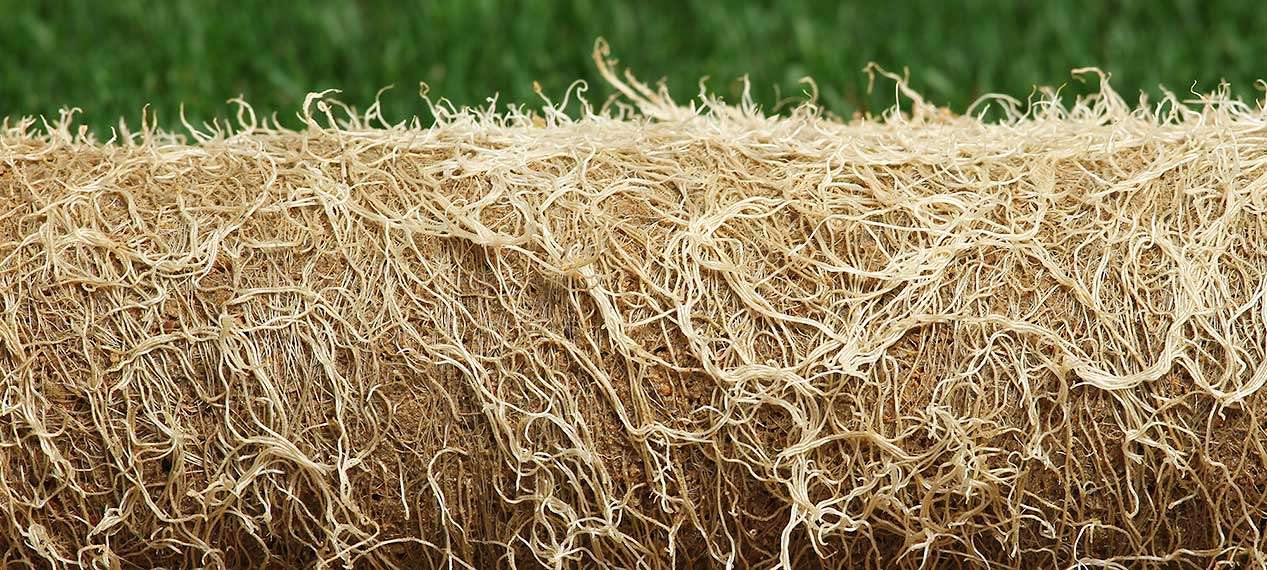
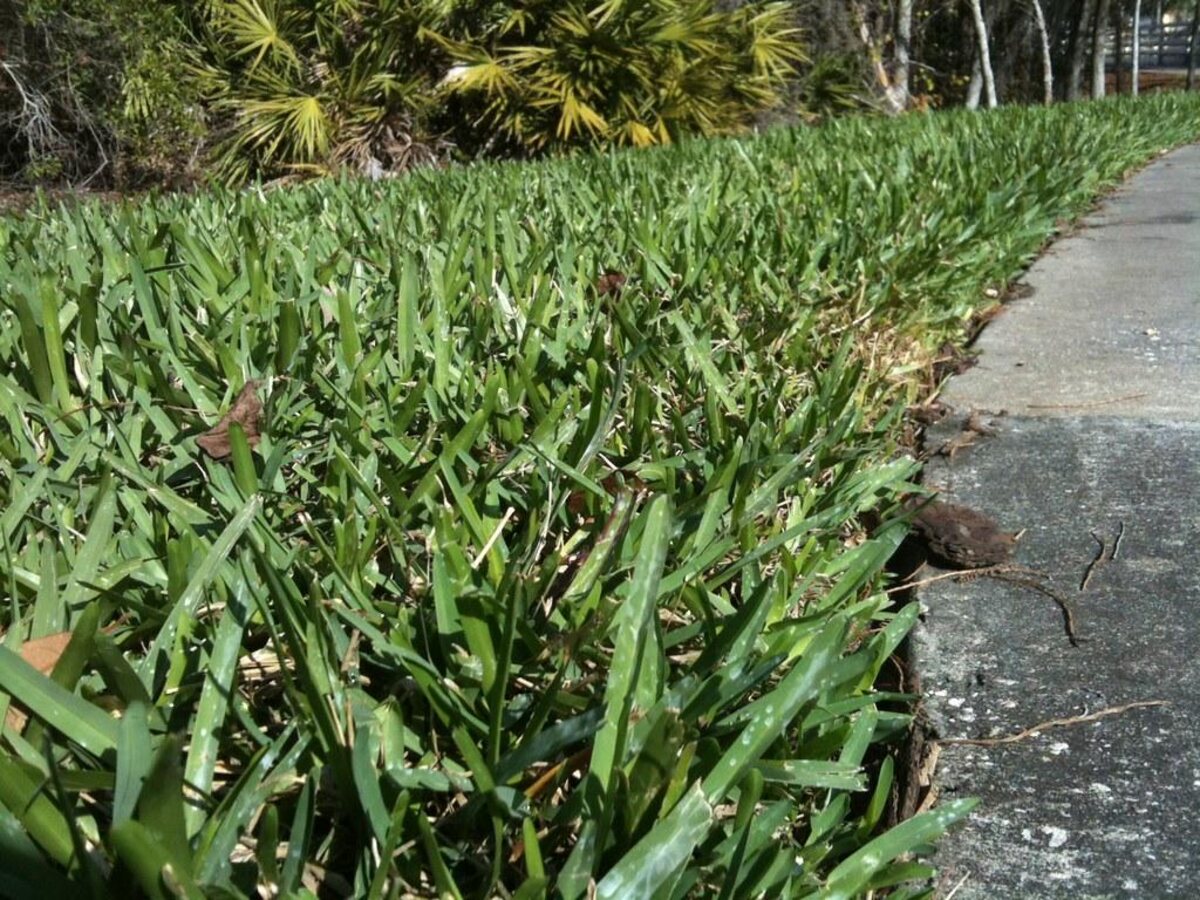

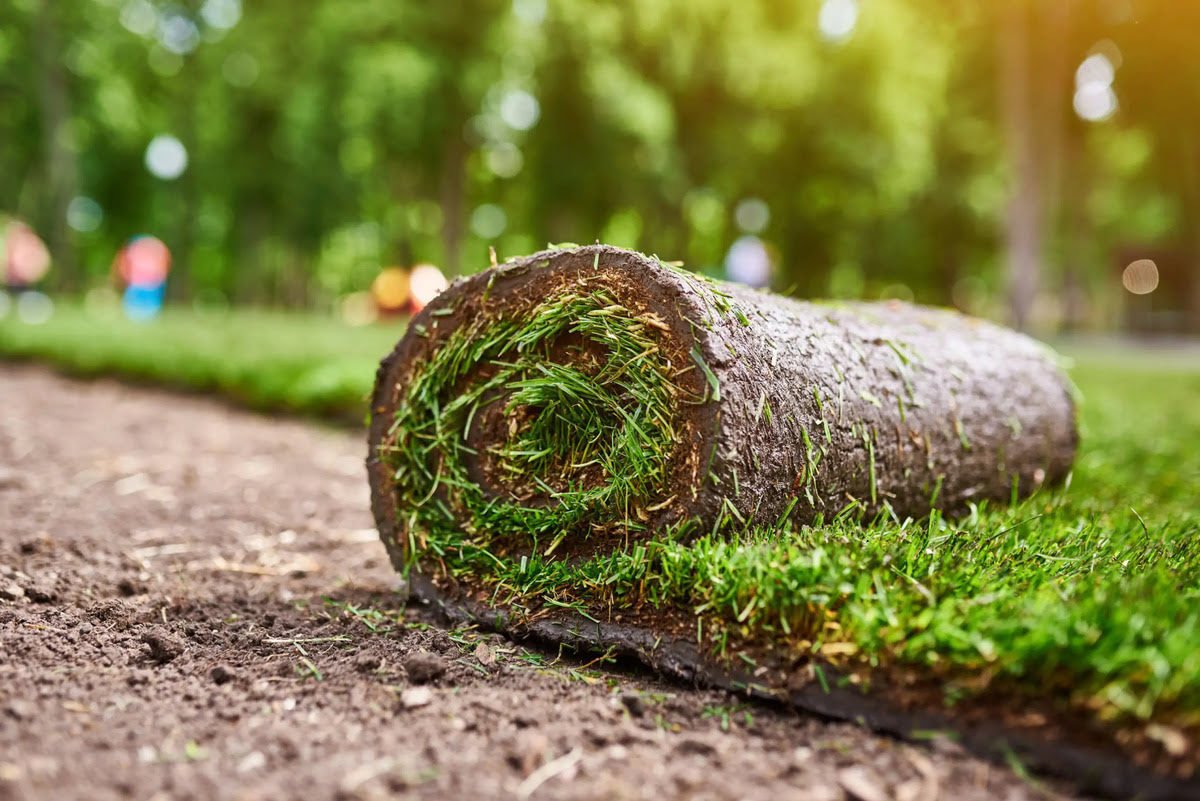

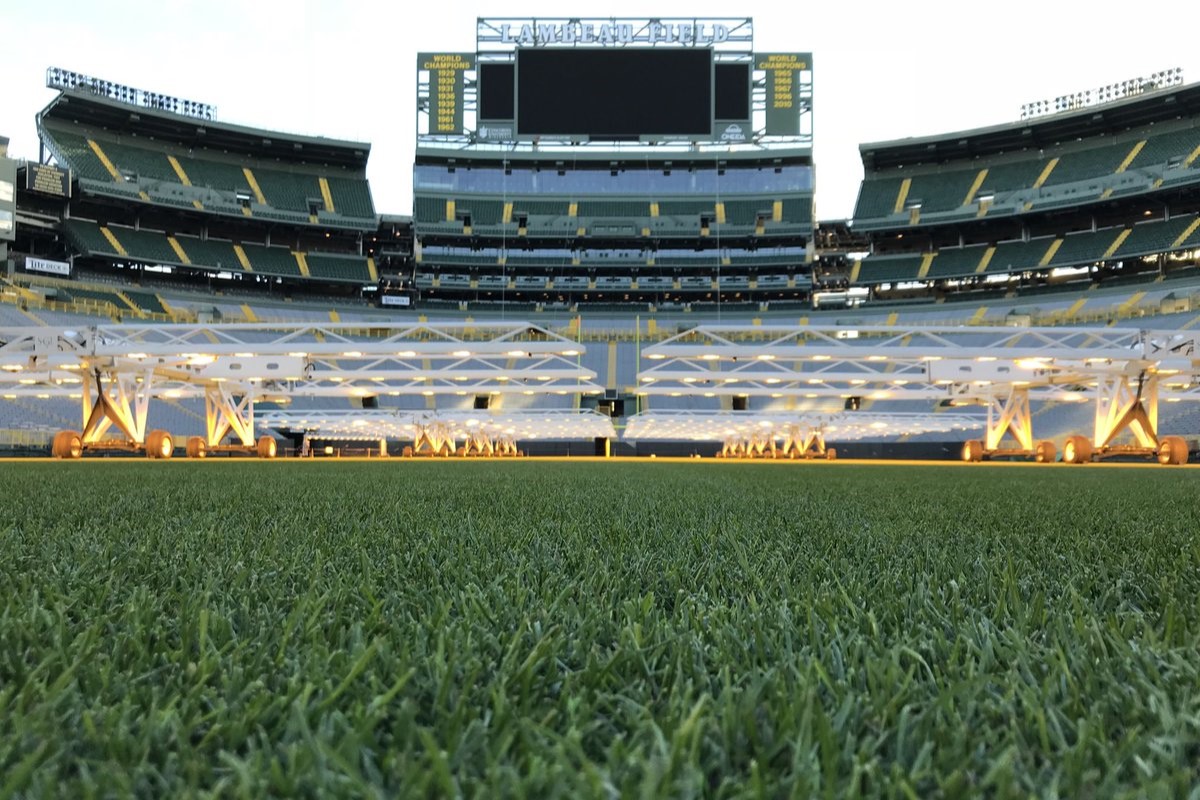
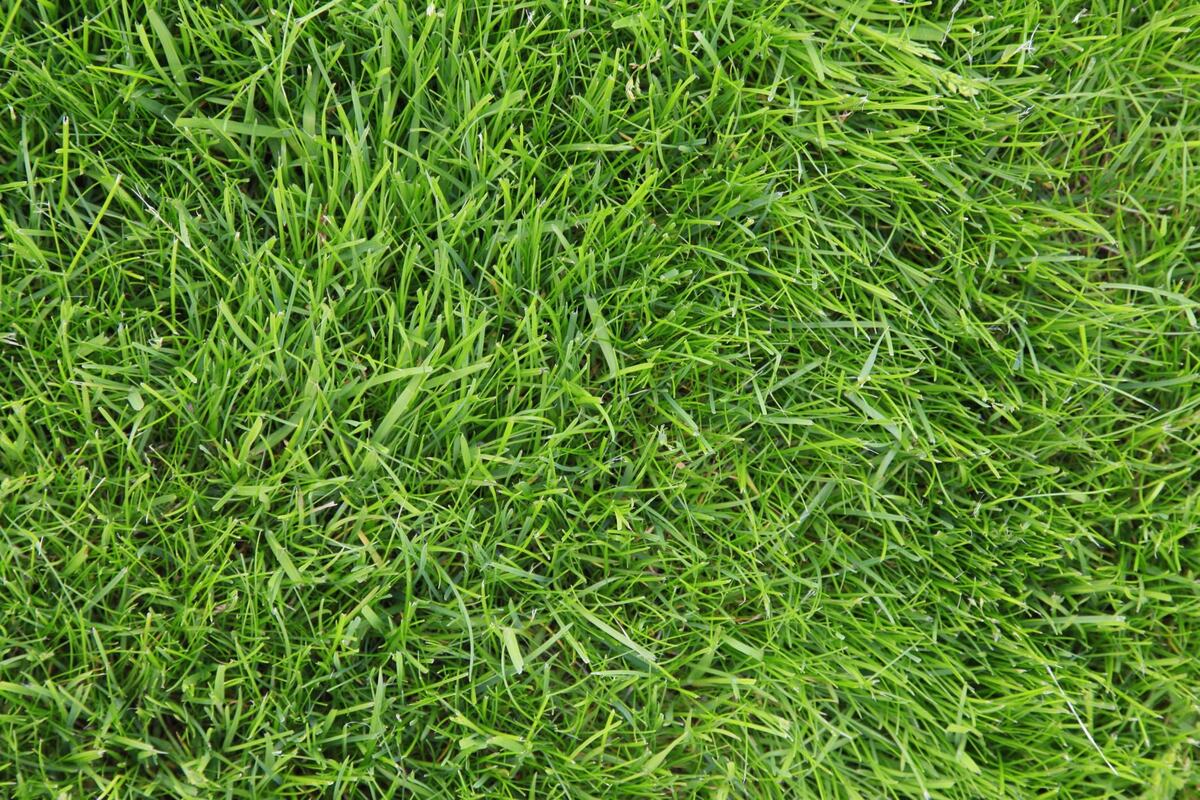
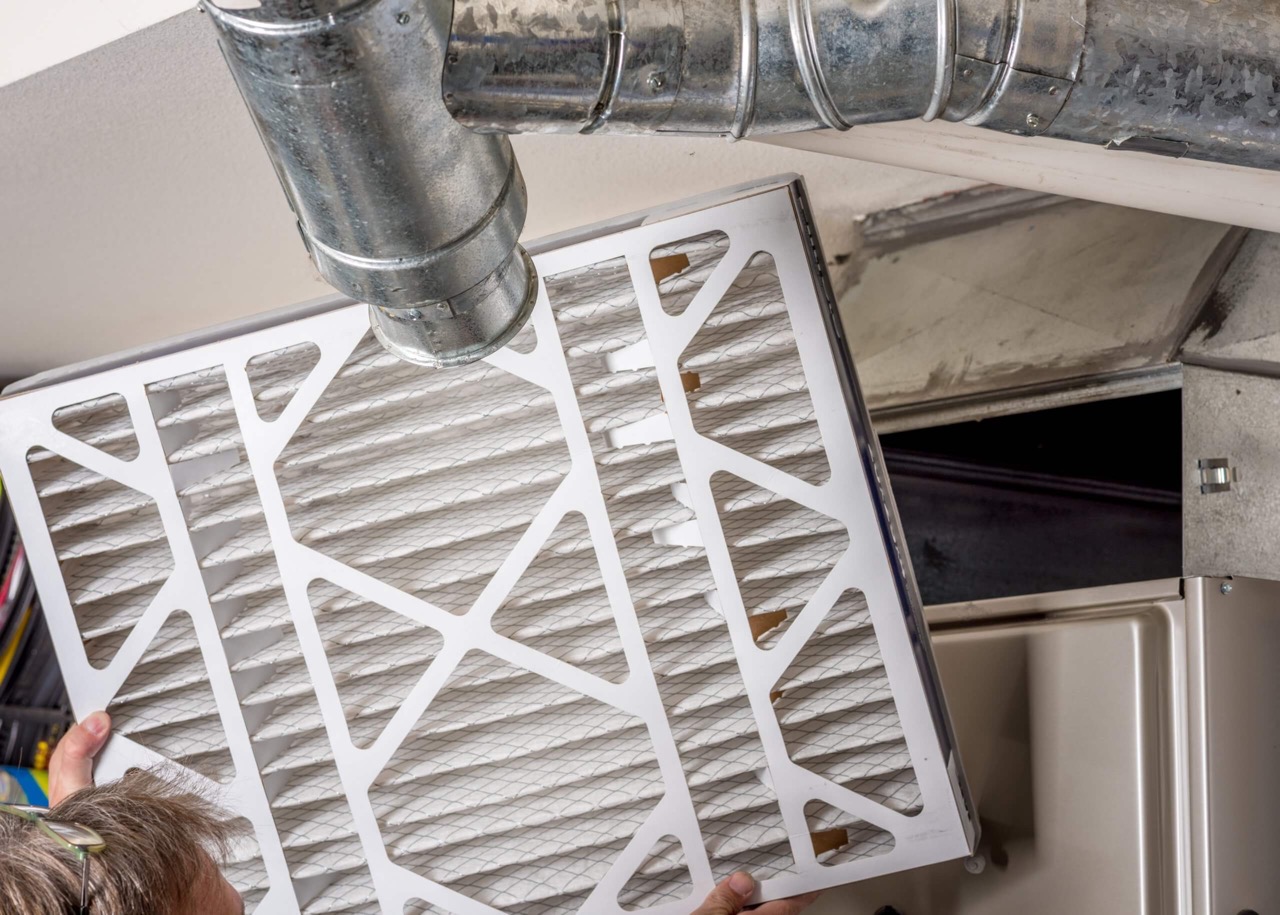

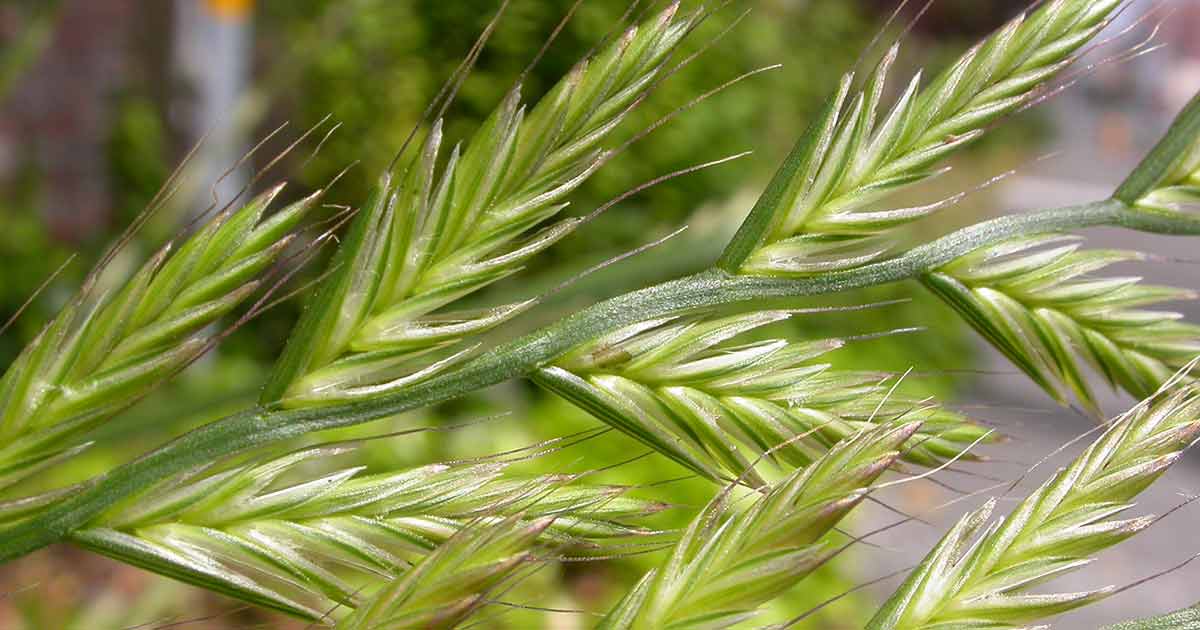


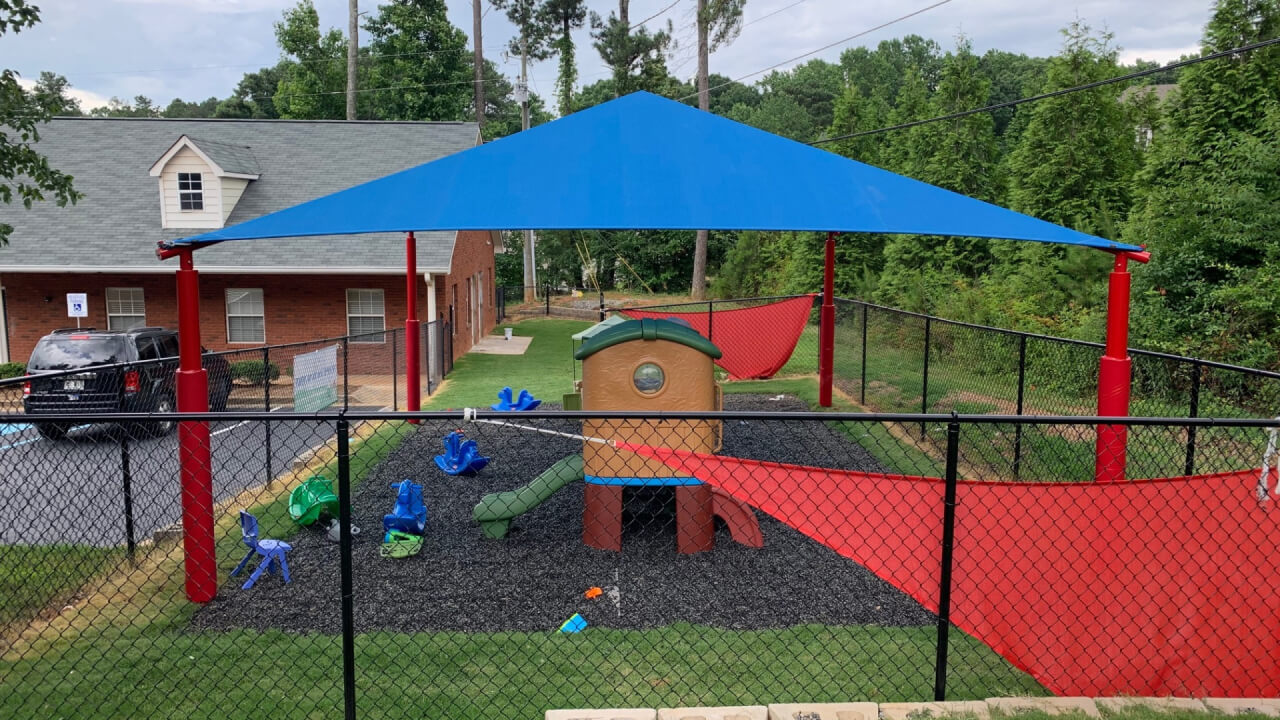
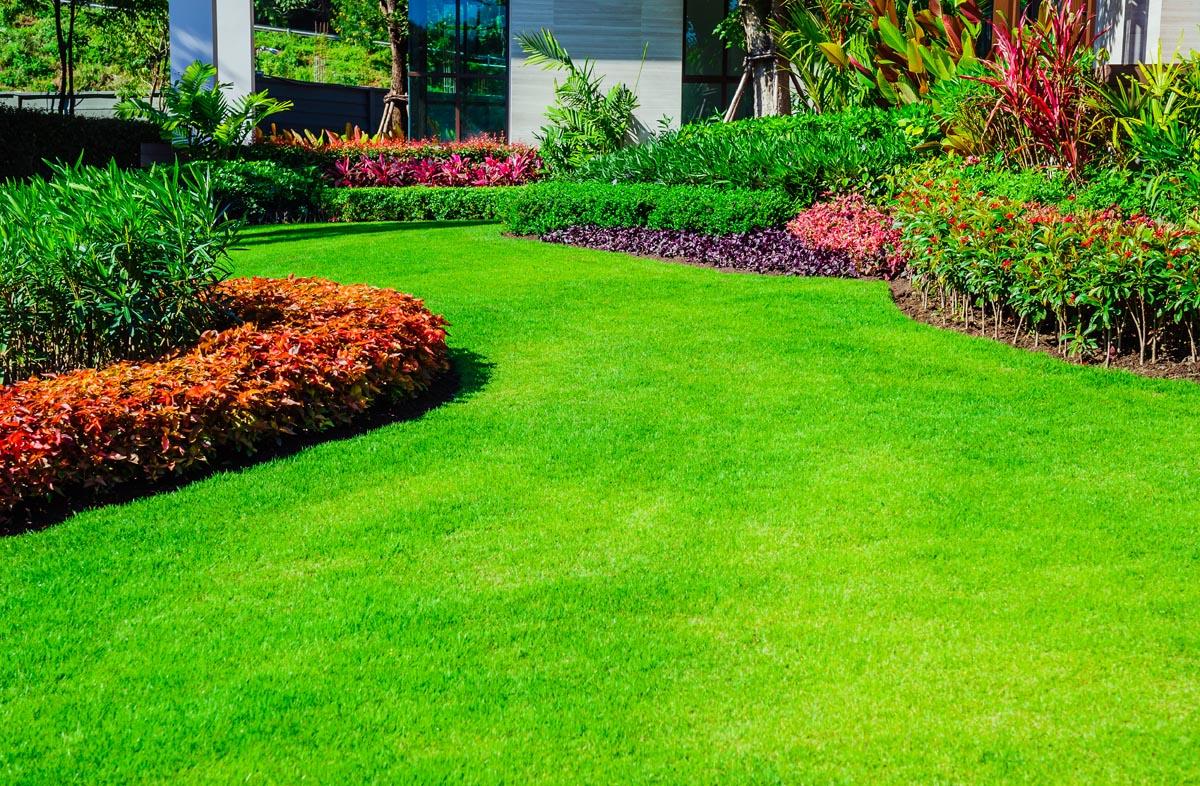

0 thoughts on “What Type Of Root System Does The Grass Have”